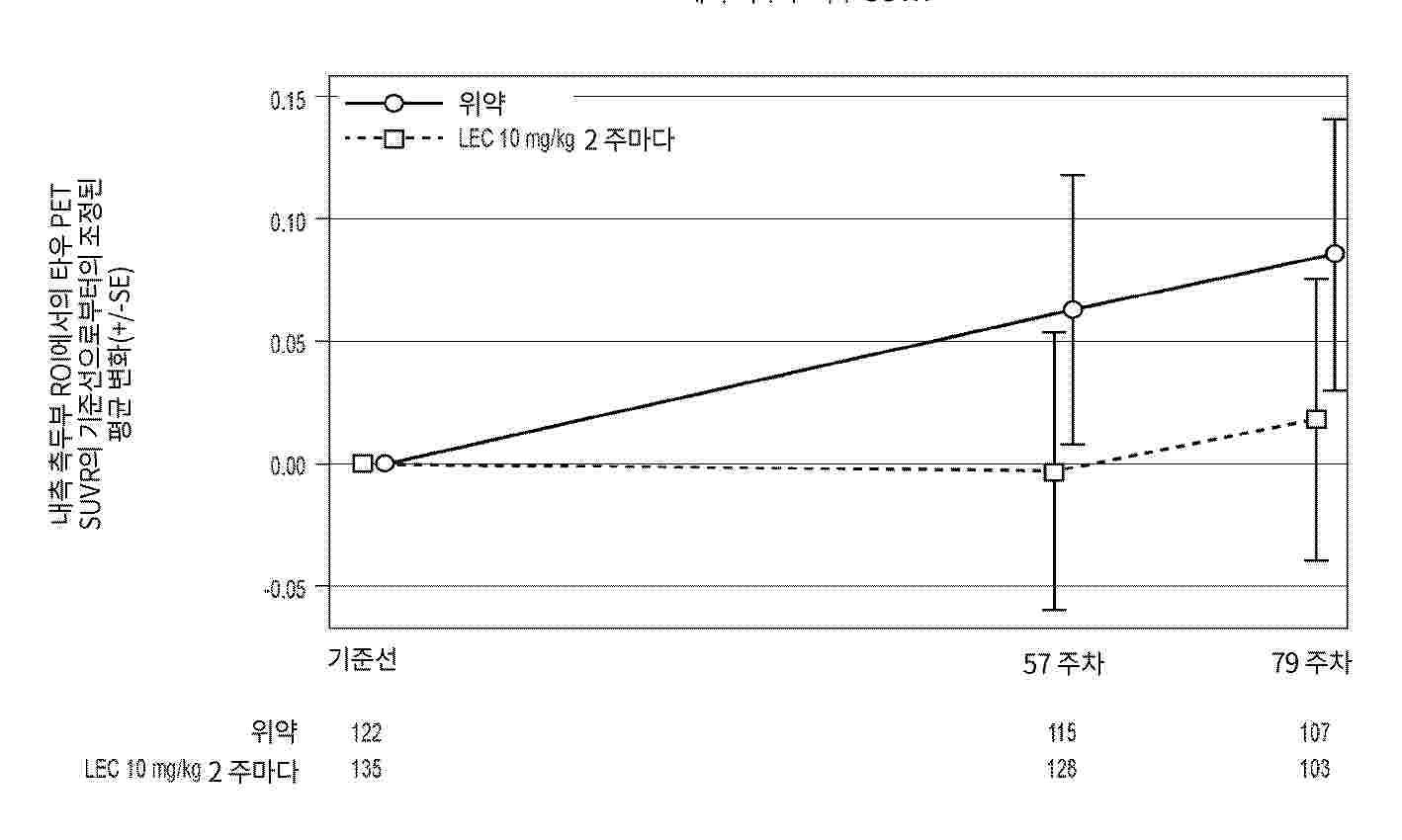Si deseas distinguir tus productos, servicios o ambos de los de otra empresa, es posible que necesites una marca o nombre comercial. Descubre qué son, en qué consiste su procedimiento de registro y qué implica.

Información sobre los plazos de presentación de solicitudes de transformación de marcas de la Unión Europea en marca nacional española. Más información
Si tienes un nuevo dispositivo, producto o procedimiento que resuelva un problema técnico o tenga una ventaja práctica, existen distintas formas de protegerlo en España y en otros países. Descubre cómo hacerlo.
¿Tu innovación reside en la estética, la ornamentación o la apariencia de tu producto? Protégela mediante un diseño industrial. Descubre qué derechos confiere el registro y cómo realizar la tramitación.
Las indicaciones geográficas protegen el nombre de un producto originario de una zona geográfica, a la cual le debe una determinada calidad, reputación u otra característica. Descubre qué son, en qué consiste su procedimiento de registro y qué beneficios conceden.
Las patentes publicadas en todo el mundo son una valiosa fuente de información científica, técnica y comercial.

La Oficina de Propiedad Intelectual de la Unión Europea cierra la solicitud de ayuda del Fondo para pymes (SME Fund) hasta la siguiente convocatoria en 2026.

Si eres emprendedor/a o una empresa y quieres potenciar y mejorar la rentabilidad de tu negocio protegiendo de forma adecuada los activos intangibles de tu organización, en este espacio encontrarás lo necesario.
 51
resultados
51
resultados
 Última actualización
07/12/2025 [07:43:00]
Última actualización
07/12/2025 [07:43:00]
Nº publicación: EP4626918A1 08/10/2025
Solicitante:
EISAI R&D MAN CO LTD [JP]
Eisai R&D Management Co., Ltd

Resumen de: MX2025005880A
Disclosed herein are methods of diagnosing, selecting, monitoring, and treating subjects with Alzheimer's disease (AD) or suspected of having AD or another disorder associated with amyloid accumulation in the brain using a tau PET level.









